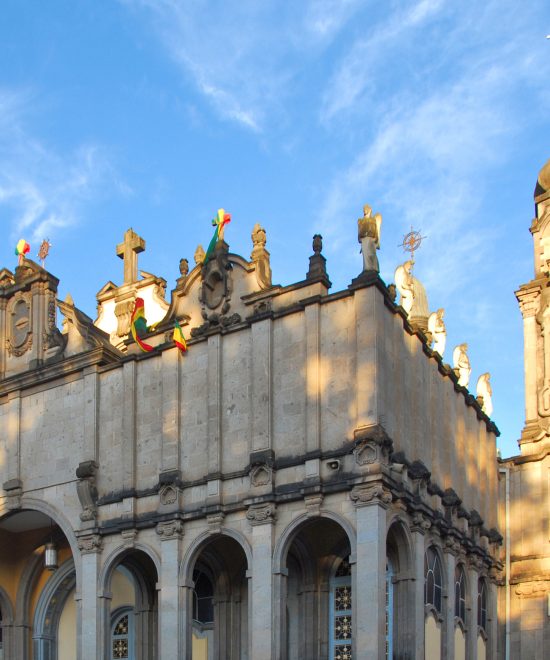Capital City
- Home
- Capital City
Capital City
Entoto Mountains
At the top of the rising slope of Entoto Mountain range there is a site where Menelik II established his capital. The visitor to this place can ride a taxi, drive a car or even stroll up the steep to reach it at 3200 meters above sea level. The breath of fresh and cool air, the site of the exuberant flora and the pungent aroma of the eucalyptus trees along each side of the road make the trip very delightful. A further excitement is waiting in Entoto Museum. This museum contains articles of great quality and historical significance. The drum that announced the march to Adowa against the Italian invasion, the bed Menelik II used while in Ankober, crown and a Persian carpet are only few of the numerous exhibits depicting Entoto’s glorious past. The most breath-taking view of the city and the surrounding areas, the sites of the beautiful architectural style of archangel Raguel and St.Mary churches, and a visit to Menelik’s old palace add to an experience the visitor will always cherish.
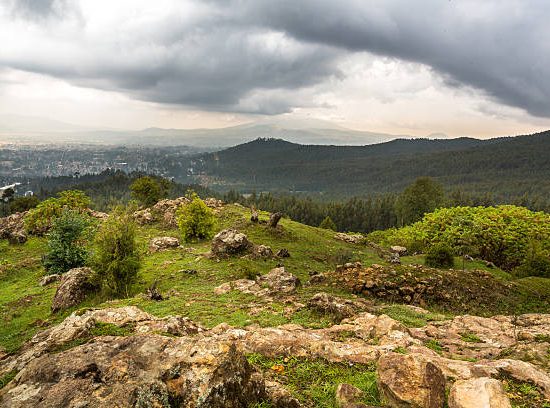

Ethnographic Museum Of The Institute Of Ethiopian Studies
The Museum brings the many diverse ethnic groups of Ethiopia under one roof. The layout follows the story of life from birth to death, and beyond, and how the different stages of life are viewed and experienced by different ethnic groups in Ethiopia. Fortunately the museum is found in the old palace, Genente Leul, of the late Emperor Haile Selassie. The building welcomes all visitors with dignity and grace. The museum is accommodated on the first and second floors; comprising the bedroom of the late Emperor and ethnographic section on the first floor and the art gallery on the second floor. The bedroom reminds us that the building was once a palace in the formative period of modern Ethiopia. It is the first modern palace imitating European style. We see here the bed, which Haile Selassie used for more than ten years and some personal gifts to the late Emperor. The reception hall now hosts ethnographic items of more than eighty language groups. It is divided into two parts. The first part introduces the general socio-economic conditions of the country. It displays production tools and some techniques of craftsmen.
The National Museum of Ethiopia
The first measure was taken in Ethiopia towards the safeguarding of the nation’s historical and cultural heritages when archaeological research began in collaboration with a French team of scientists. Due to the continued research there arose the aim of organizing an institution to preserve and exhibit the collections. The national museum of Ethiopia was established in 1944 and began its activities by exhibiting a few archaeological collections as well as some ceremonial costumes and ethnographic objects.
The museum gradually improved and developed to its present standard as the country’s leading national museum in 1966 and transferred to the building where it is located today. One of the major objectives of the museum is presenting selected artifacts worthy of exhibition using the best display techniques available as a means of education and enjoyment for the general public.
Exhibits of the national museum are presented under the following four main sections. Paleontology and pre- history; – Lucy and other fossils including stone tools. Historical and Archaeological findings that depict the early history from the pre-Axumite times to the 16th century AD. Ethnography: – Traditional and ceremonial costumes, jewellery… etc. reflecting the diversified cultures of the various ethnic groups. Modern Art: Selected paintings and sculptures from different Ethiopian artists, such as; Maitre Artist Laureate Afework Tekle.
Almost every object has captions so that visitors can learn about the Nation’s rich history. Besides its regular services, the museum organizes special tour programs for student and interested groups whenever requested.
The museum also controls the export of historical and cultural relics abroad, i.e., it investigates the souvenirs purchased by tourists and other visitors in order to protect heritages from being exported abroad. A special section of the Museum is authorized to manage and examine the historical value and purity of the objects to be exported by tourists.

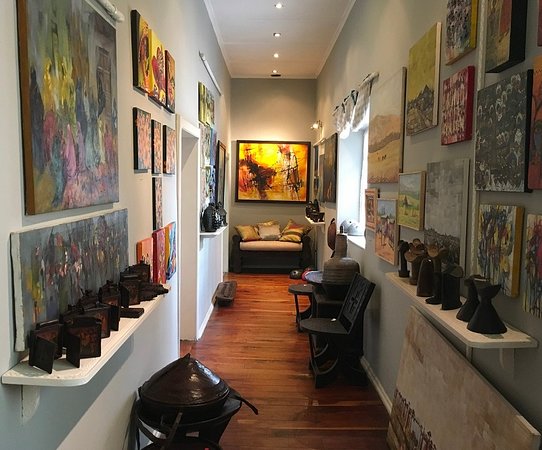
St. George Museum
St. George Cathedral & Museum is a significant historical and religious site located in Addis Ababa, Ethiopia. The cathedral is dedicated to St. George, the patron saint of Ethiopia, and was commissioned by Emperor Menelik II to commemorate his victory over the Italians in Adwa in 1896.
The cathedral is built in a traditional octagonal form with a neoclassical style, and it was completed in 1911 with the help of Greek, Armenian, and Indian artists. The interior of the cathedral is adorned with beautiful paintings and mosaics by renowned artist Afewerk Tekle. The cathedral has been the coronation site for Empress Zewditu in 1916 and Emperor Haile Selassie in 1930.
Adjacent to the cathedral is the museum, which is included in the church admission ticket. The museum contains probably the best collection of ecclesiastical paraphernalia in the country outside St Mary of Zion in Aksum. Items on display include beautiful crowns, crosses, prayer sticks, holy scrolls, ceremonial umbrellas, and the coronation garb of Zewditu and Haile Selassie.
The St. George Cathedral & Museum offers visitors a glimpse into Ethiopia’s rich religious history and artistic tradition. It’s a must-visit for anyone interested in Ethiopian culture and history.
The Zoological Natural History Museum (ZNHM)
Ethiopia is known globally as one of the centers where diverse wild animal types exist. Many of Ethiopian wild animals are endemic to the country, for example; 30 species of Mammals, 28 species of birds, 30 species of Amphibians and 10% of its fish species have been identified as native to Ethiopia The ZNHM is only one of its kind in Ethiopia where samples of the rich Ethiopian wildlife is on display. As per the information derived from a pamphlet of ZNHM, the Museum now has a small collection, which includes more than 1,100 species. The number of specimens is more than 3,500. The following list is a rough estimate of the category of organisms in the ZNHM: The program can be customized upon request.

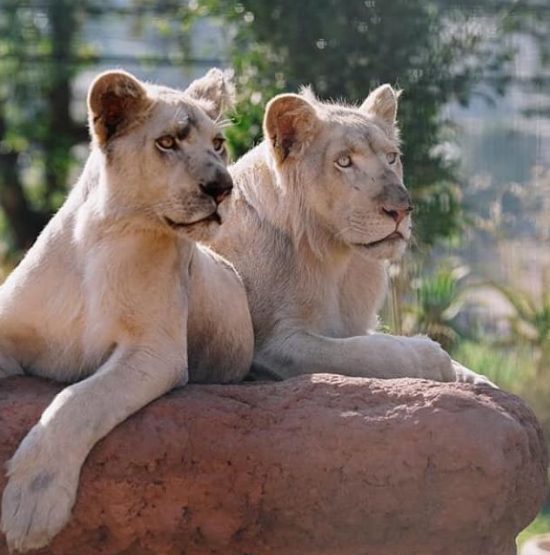
Unity Park
Unity Park is an amusement park located in the Arat Kilo district of Addis Ababa, within the compound of the National Palace. It was established in October 2019 and features a zoo and historical artifacts. The park spans 20 hectares of the National Grand Palace.
The park offers visitors the opportunity to learn about nature, Ethiopian history, and culture. It houses historical buildings and artifacts, a traditional garden with indigenous plants, and a zoo that includes the endemic black mane lion. The zoo is home to 37 mammals, nine types of animals including giraffes, zebras, kudu, impala, eland, gemsbok, nyala, wildebeest, and white rhino, thirteen species of aquatic animals, and various indigenous birds in the aviary.
Historical artifacts on display range from simple objects to relics from ancient civilizations. Every artifact is made of gold, from Emperor Haile Selassie’s throne to simple restaurant materials. There are also religious books written in Amharic, English and Ge’ez languages. These books can be used for research and study worldwide.
The park is open six days per week (Tuesday to Sunday) from 9 am to 4 pm. It’s part of the beautification project of Addis Ababa and was built with five billion Ethiopian Birr.
Science Museum
The Ethiopia Science Museum is a national Science Museum located in the heart of Addis Ababa. This initiative is part of a series of efforts of providing the Ethiopian public as well as international visitors a view of history, culture heritage, natural heritage as well as showcasing science promoting a new era whereby people will experience and envision a hopeful future for all.
The Science Museum will be a bridge between science, society, and technology. The promotion of science and technology is an essential element of Ethiopia’s development agenda; it is a transversal element of sustainable development with the capacity of promoting youth participation in community development, offering them the means to participate in economic growth, and becoming key agents for technological innovation.
It will primarily be a place of learning and inspiration, whereby people will gather to experience the challenges and opportunities shaping our times and find solutions for a better future. It will be a place of tolerance, inviting varied cultural and social outlooks giving Ethiopia the potential to promote its role for Africa and African scientific discoveries in line with the principles and vision of the African Union of having Great Museums for Africa.
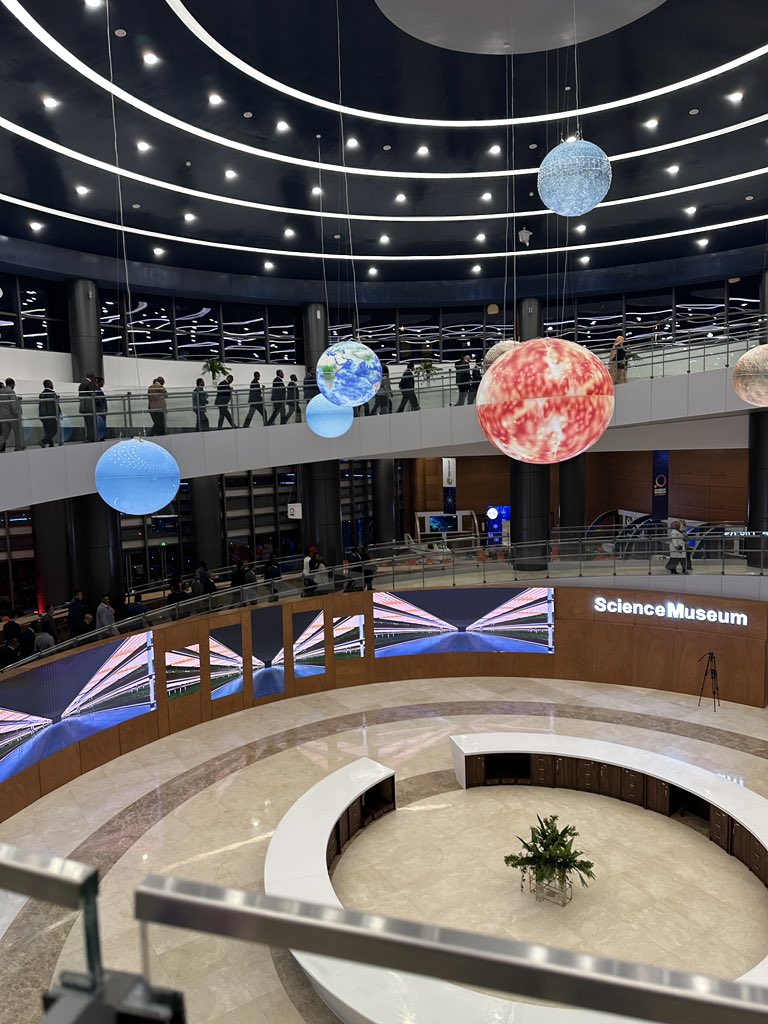
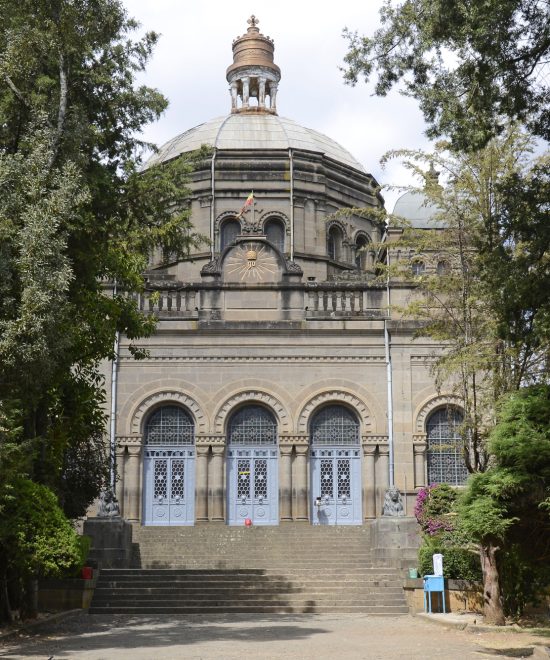
Bahta Mariam Church
Bahta Mariam Church, also known as Bete Maryam Mausoleum or the Mausoleum of Emperor Menelik II, is a significant historical site in Addis Ababa, Ethiopia. It is the final resting place of Emperor Menelik II and is located just up the hill from the Hilton hotel, behind the Grand Palace.
The church itself is a beautiful stone structure, and the impressive marble mausoleum adds to its grandeur. To reach the tombs, one has to enter the basement of the church through a door in the floor. The inside of the crypt is dark and stuffy, especially when compared with the spacious and elaborately adorned church and grounds.
A large photograph of Menelik, who was the only African leader to successfully withstand and even repel European colonial forces, dominates the wall above his shrine. The finely carved marble tombs and corresponding portraits of other royal personages such as Menelik’s wife Empress Taitu, his daughter Empress Zewditu and Emperor Haile Selassie’s daughter, who died at a young age of only 22, can also be found here.
In addition to these historical artifacts, an original painting by Michelangelo is also on display in the crypt. This combination of history and art makes Bahta Mariam Church a must-visit location for anyone interested in Ethiopian history.
Holy Trinity Cathedral Church
The Holy Trinity Cathedral, known in Amharic as Kidist Selassie, is the highest-ranking Ethiopian Orthodox Tewahedo cathedral in Addis Ababa, Ethiopia. It was built to commemorate the Ethiopian victory over Italian occupation and is an important place of worship in Ethiopia.
The cathedral bears the title “Menbere Tsebaot”, or “Pure Altar”. Built in 1942, the church compound was the burial place for those who fought against the Italian occupation, or those who accompanied the Emperor into exile from 1936 to 1941. The Emperor Haile Selassie and his consort the Empress Menen Asfaw are buried in the north transept of the cathedral. Other members of the Imperial Family are buried in the crypt below the church.
The High Altar of the cathedral is dedicated to ‘Agaiste Alem Kidist Selassie’ (Sovereigns of the World the Holy Trinity). The other two altars in the Holy of Holies on either side of the High Altar are dedicated to John the Baptist and to ‘Kidane Meheret’ (Our Lady Covenant of Mercy). In the south transept of the cathedral is a recently added chapel of Archangel Michael, which houses the Tabot or Ark of St. Michael the Archangel, which was returned to Ethiopia in February 2002 after being discovered in Edinburgh. This relic was taken by British forces from the mountain citadel of Magdalla in 1868 during their campaign against Emperor Tewodros II.
The cathedral complex also includes a primary and a secondary school, a monastery and the Holy Trinity Theological College, a museum and monuments housing the remains of those massacred in Addis Ababa by the Italians in 1937 in response to an assassination attempt against Marshal Rodolfo Graziani, Viceroy of Italian East Africa. In addition is the monument and tomb of the officials of the imperial government who were executed by the Communist Derg regime.
Holy Trinity Cathedral is not only a place of worship but also a symbol of Ethiopian history and resilience.
